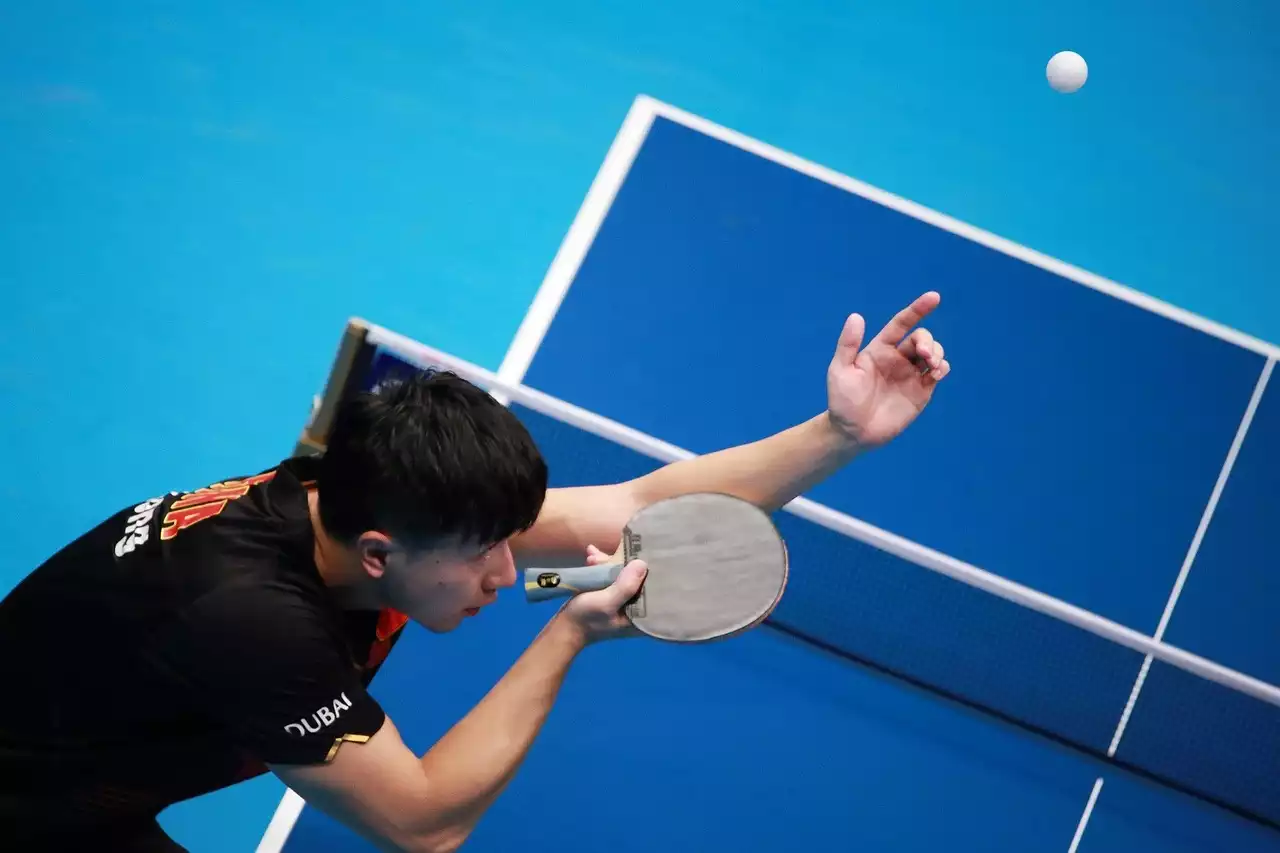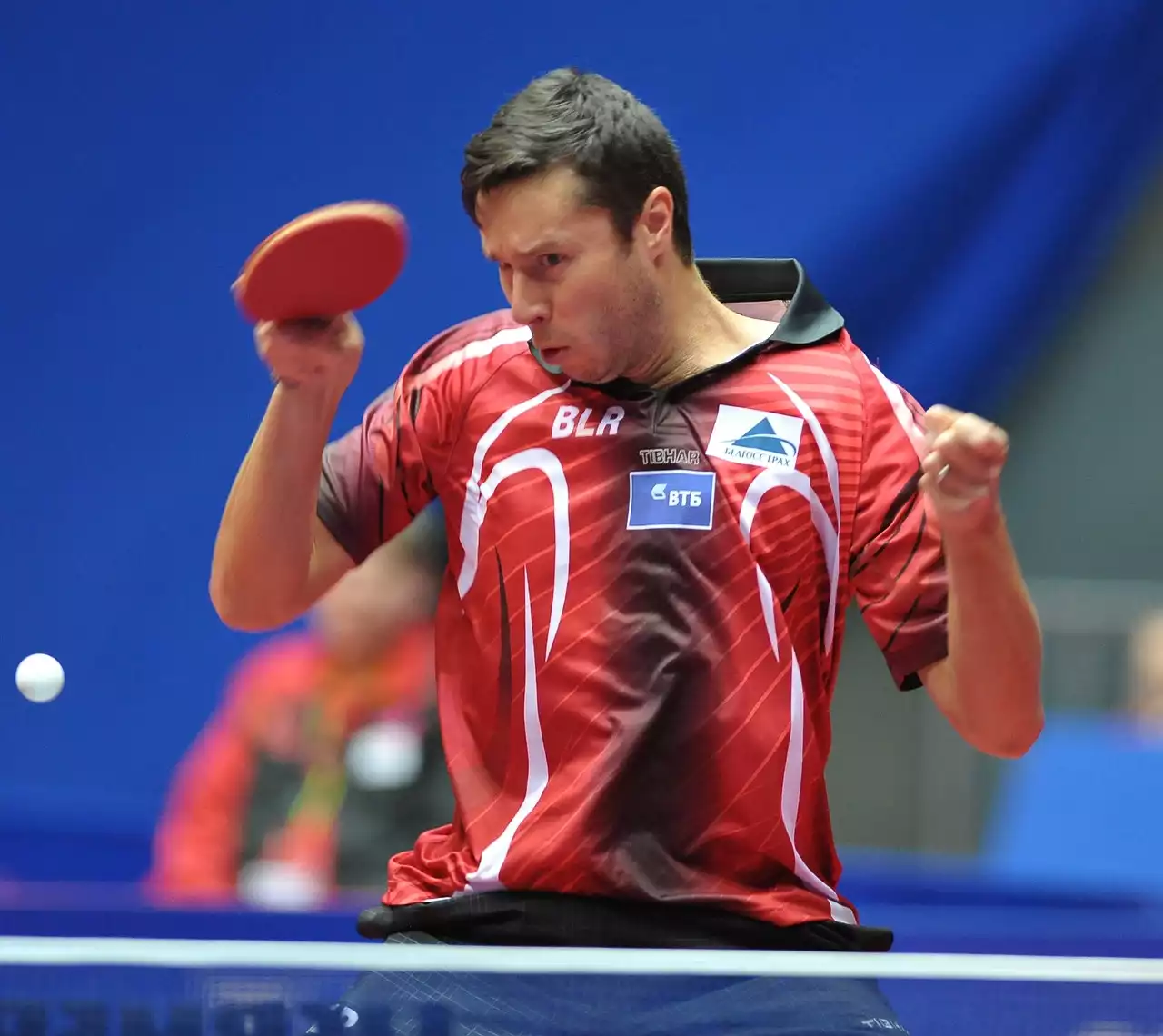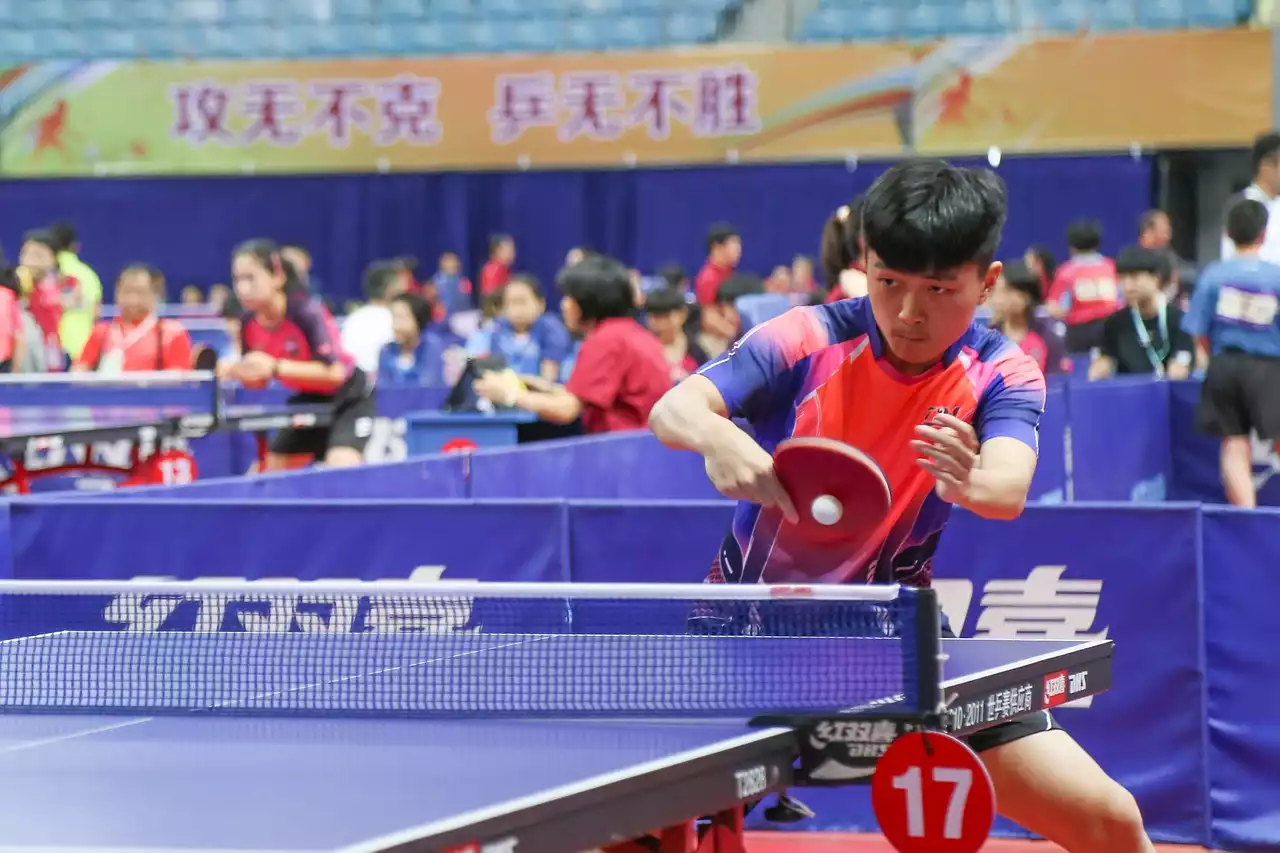Different types of international table tennis leagues
International table tennis leagues come in various formats, each with its own unique characteristics. One of the most popular types is the club-based league, where teams representing different clubs compete against each other. These leagues often span multiple countries and feature both domestic and international players. Another type is the national league, where teams from the same country battle it out for supremacy. These leagues are highly competitive and serve as a platform for players to showcase their skills and earn national recognition. In addition to club and national leagues, there are also continental leagues, such as the European Table Tennis League, where teams from different countries within the continent compete against each other. These leagues provide a higher level of competition and act as a stepping stone for players looking to make their mark on the international stage.
Structure of international table tennis leagues
International table tennis leagues typically follow a structured format to ensure fair competition and exciting matches. The league season is divided into rounds, with each team playing a series of matches against other teams. The number of rounds can vary depending on the league, but the goal is to give each team an equal opportunity to compete against all other teams in the league. Points are awarded for wins, draws, and losses, with teams accumulating points throughout the season. At the end of the season, the team with the most points is crowned the champion. In some cases, playoffs may be held to determine the ultimate winner if there are multiple teams tied at the top of the standings. This format ensures that every match is meaningful and keeps fans engaged throughout the season.
How teams are formed in international table tennis leagues
Teams in international table tennis leagues are typically formed through a combination of drafting and recruitment. Club-based leagues often have a draft system where teams take turns selecting players from a pool of eligible athletes. This ensures a fair distribution of talent and allows teams to build a balanced roster. In addition to the draft, teams also have the option to recruit players from outside the league. This can be done through transfers or by signing free agents. The recruitment process is crucial in shaping the strength and competitiveness of each team, as it allows teams to bring in top talent from around the world. The composition of a team can greatly impact its chances of success in the league, making the team formation process a crucial aspect of international table tennis leagues.
Rules and regulations of international table tennis leagues
International table tennis leagues have a set of rules and regulations that govern the gameplay and conduct of teams and players. These rules ensure fair play and maintain the integrity of the leagues. Some of the key rules include the use of a specific ball size and weight, restrictions on equipment, and guidelines for player behavior. Matches are typically played in a best-of format, with players competing in singles and doubles matches. Points are awarded based on the outcome of each match, and these points contribute to the overall standings of the teams. Violations of the rules can result in penalties or disqualification, emphasizing the importance of adhering to the regulations set forth by the league. By enforcing these rules, international table tennis leagues create a level playing field and ensure that matches are decided solely on the skills and abilities of the players.
Key players and teams in international table tennis leagues
International table tennis leagues are home to some of the most talented players in the world. These players possess incredible skill, agility, and precision, making them a joy to watch on the table. One of the most iconic players in the history of table tennis is Ma Long from China. Known for his aggressive playing style and exceptional footwork, Ma Long has dominated the sport for years and has won numerous titles, including Olympic gold medals. Another player who has made a significant impact on the international table tennis scene is Timo Boll from Germany. Boll's versatility and consistency have earned him a place among the top players in the world, and he has been a key figure in leading Germany to success in international competitions. These players, along with many others, have become household names in the table tennis community and continue to inspire future generations of players.
Popular international table tennis leagues around the world
International table tennis leagues have gained immense popularity around the world, attracting a large number of fans and followers. One of the most prestigious leagues is the Chinese Super League, also known as the China Table Tennis Super League. This league features teams representing different provinces and cities in China and showcases the exceptional talent within the country. Another popular league is the German Bundesliga, which is widely regarded as one of the strongest table tennis leagues in Europe. The league attracts top players from around the world and offers high-quality matches for fans to enjoy. Other notable leagues include the Japanese T-League, the South Korean League, and the Swedish League, all of which feature a high level of competition and provide a platform for players to showcase their skills.
Major tournaments and championships in international table tennis leagues
International table tennis leagues are accompanied by a host of major tournaments and championships that further elevate the excitement and competitiveness of the sport. One of the most prestigious events is the World Table Tennis Championships, which brings together players from all over the world to compete for the title of world champion. This tournament is held every two years and attracts top players and teams from various leagues. Another major event is the ITTF World Cup, where the best players in the world compete in a knockout-style tournament to determine the ultimate winner. In addition to these global tournaments, each league also has its own domestic championships, which provide an opportunity for teams to compete for national glory. These tournaments serve as a platform for players to showcase their skills and make a name for themselves in the table tennis world.
Benefits of participating in international table tennis leagues
Participating in international table tennis leagues offers numerous benefits for both players and teams. For players, these leagues provide a platform to compete against top talent from around the world, which helps them improve their skills and gain valuable experience. The high level of competition pushes players to constantly strive for excellence and pushes the boundaries of what is possible in the sport. For teams, participating in international leagues raises their profile and allows them to attract talented players and sponsors. The exposure gained from competing in these leagues can lead to increased fan support and financial opportunities. Additionally, the international nature of these leagues fosters cultural exchange and promotes the growth of table tennis as a global sport. Overall, participating in international table tennis leagues is a win-win situation for both players and teams, as it provides a platform for growth, recognition, and success.









